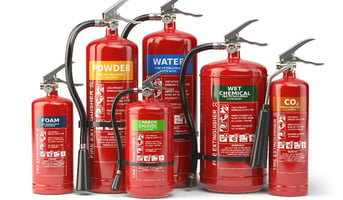The sharing economy has brought about business model innovations, allowing people to monetize...
The Impact of Severe Weather on Property Insurance
Severe weather events are becoming more common and more destructive. From hurricanes and hailstorms to wildfires and heavy rains, these events are directly affecting how property insurance is structured, priced, and accessed. For homeowners, renters, and landlords, staying protected now means understanding how these changes impact your coverage.
Weather Patterns Are Reshaping the Market
Extreme weather increases the number and severity of claims, which in turn influences how insurance companies evaluate risk. Many are adjusting their underwriting guidelines, raising premiums, increasing deductibles for specific hazards like wind and hail, or reducing their presence in certain areas.
As severe weather becomes more destructive, coverage for certain risks is becoming harder to secure. In some regions, protections once included in standard policies now require separate endorsements, come with higher deductibles, or are no longer offered at all. It's important to talk with your insurance agent about potential exclusions, policy changes, or separate deductibles that may apply to your home.
Rebuilding After Severe Weather Is More Expensive Than Before
When homes are damaged or destroyed by storms, wildfires, or other weather-related events, rebuilding is rarely quick or cheap. The cost of materials and labor has risen sharply, and supply chain disruptions continue to drive delays and unexpected expenses. A policy that seemed adequate five years ago may now fall short of what it would take to rebuild after a loss.
Commercial Insurance Trends Are Reaching Homeowners
Commercial property owners have long used proactive risk management tools to reduce losses and control insurance costs. For example, retailers often install fire suppression systems or reinforce roofs to withstand storms, helping secure coverage and lower premiums. Now, some of those same strategies are becoming more common in personal insurance. Homeowners may receive discounts for impact-resistant roofing, hurricane shutters, or water detection systems. In higher-risk areas, these types of updates may even be required to maintain coverage.
What You Can Do to Stay Protected
- Review your policy regularly. Know what is covered, what is excluded, and what your deductibles are.
- Make sure your coverage limits are accurate. Confirm that your dwelling limit reflects the true cost to rebuild.
- Consider optional coverage. Even outside of high-risk zones, flood may be worth the investment.
- Ask about loss mitigation discounts. Home upgrades can lower risk and may also reduce your premium.
- Work with an independent agent. Independent agents can access multiple carriers and help you find the best fit for your needs.
Severe weather is becoming a constant concern, not just a seasonal one. While you cannot prevent storms, you can take steps to protect your home and finances. Understanding how the insurance market is changing and staying proactive with your coverage can give you peace of mind and help you manage the financial impact when disaster strikes.





